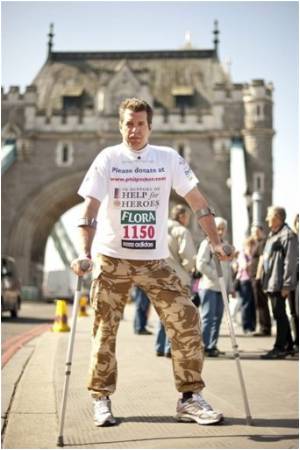A robot has been developed by researchers that can be attached to amputees, allowing its technology to be embedded into humans.

The robotic drumming prosthesis has motors that power two drumsticks. The first stick is controlled both physically by the musicians' arms and electronically using electromyography (EMG) muscle sensors. The other stick "listens" to the music being played and improvises.
"The second drumstick has a mind of its own," said Weinberg, founding director of the Georgia Tech Center for Music Technology. "The drummer essentially becomes a cyborg. It's interesting to see him playing and improvising with part of his arm that he doesn't totally control."
The prosthesis was created for Jason Barnes, a drummer who was electrocuted two years ago and lost his right arm below the elbow. The Atlanta Institute of Music and Media student built his own prosthetic device shortly after the accident. It wasn't very flexible. He could bang the drums by moving his elbow up and down, but couldn't control the speed or bounce of the stick without a wrist or fingers. That's when Weinberg stepped in to create a single-stick device with sensors that responds to Barnes' bicep muscles.
Weinberg, who has already built a robotic percussionist and marimba player that use computer algorithms to improvise with human musicians, took the prosthesis a step further. He added the second stick and gave it a "musical brain."
Regardless of how he uses the extra stick, the new prosthetic has already given Barnes capabilities he hasn't had since before the amputation. It's only the beginning for Weinberg.
Advertisement
Source-ANI










